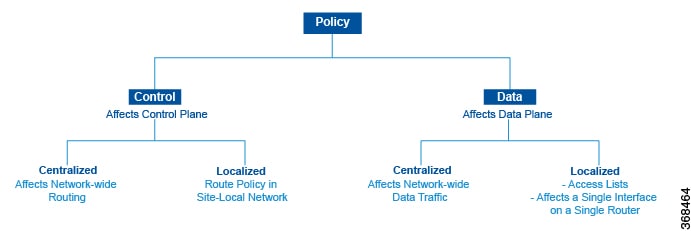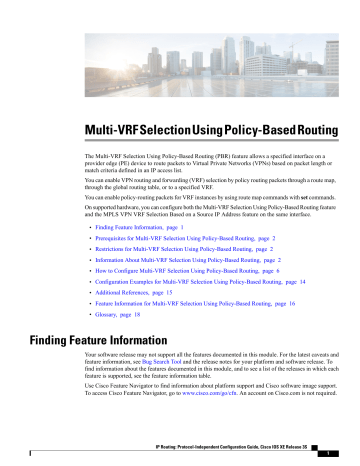
Those headers arrive at another device, the packets are ordered for transmission according to the precedence set, if the queueingįeature is enabled.

The precedence bits in the IP header can be set in the device when policy-based routing is enabled. By default, the Cisco software leaves this value untouched the header remains with The precedence setting in the IP header determines whether, during times of high traffic, the packets are treated with more No match clause in the route map indicates all packets.Įntries in the policy route cache, use the If they will be policy-based routed, use either theĪccess-list-name] command or both in route mapĬonfiguration mode. To define the criteria by which packets are examined to learn To define the route map to be used for policy-based routing, use the route-map map-tag [ sequence-name global configuration command. This ip policy route-map command disables fast switching of all packets arriving on this interface.

A packet arriving on the specified interface is subject to policy-based routing. To enable policy-based routing on an interface, indicate which route map the device should use by using the ip policy route-map map-tag command in interface configuration mode. The route map itself specifies the match criteria and the resulting action if all of the match clauses are met. To enable policy-based routing, you must identify which route map to use for policy-based routing and create the route map. Policy-based routing is a more flexible mechanism for routing packets than destination routing. Possible applications for policy-based routing are to provideĮqual access, protocol-sensitive routing, source-sensitive routing, routing based on interactive versus batch traffic, and To be routed some way other than the obvious shortest path.

You might enable policy-based routing if you want certain packets Map determines which packets are routed to which device next. Policy-based routing (PBR) is a process whereby the device puts packets through a route map before routing them.


 0 kommentar(er)
0 kommentar(er)
